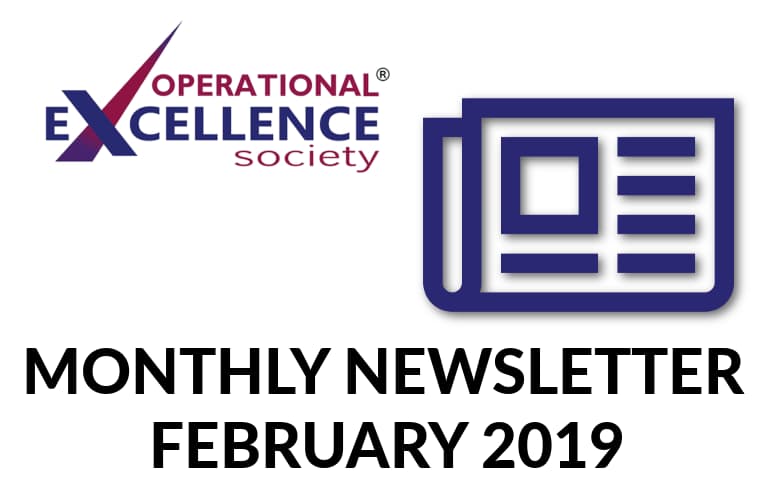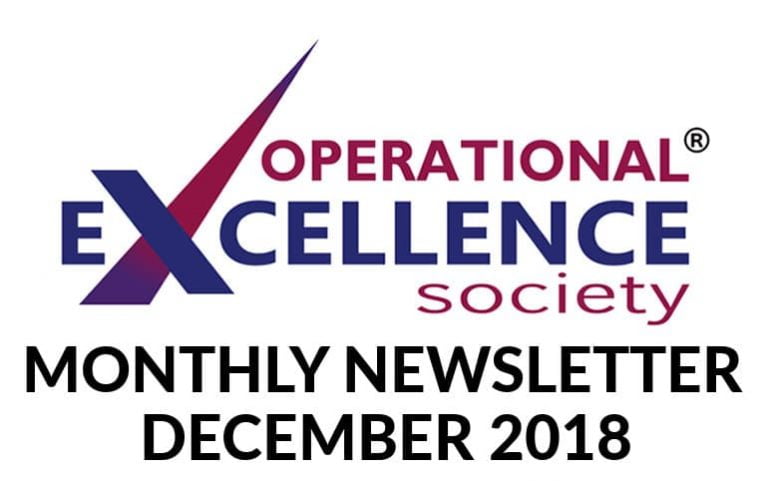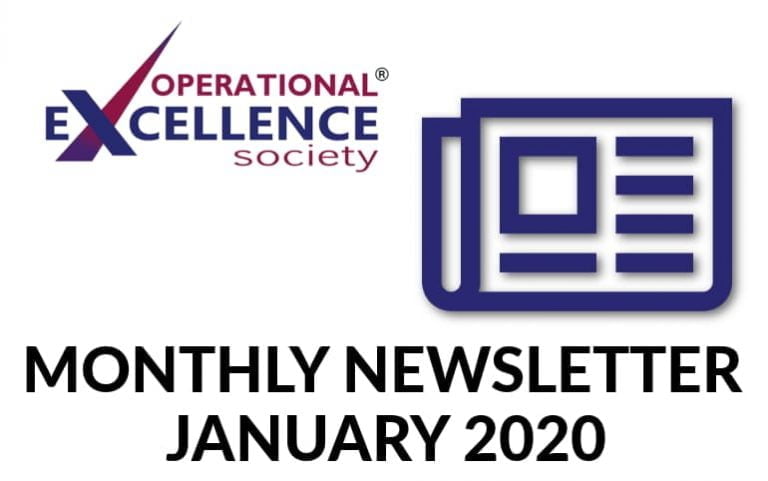February is the nastiest month of the year. The warmth of the holidays and joyous gatherings with friends and family are gone – all that is left as evidence that they happened at all are the bills and a few photographs. It is biting cold. The kind of cold that makes skin numb and bones feel brittle. Thankfully, it is also the shortest month of the year. But as we near the end of the month, evidence, subtle as it might be, begins to remind us that Spring is nearing. The days are markedly longer, we no longer go to work in the dark and return home in the dark. But the surest signs can be found in the Northeastern United States with the sudden appearance of buckets in the forest capturing the sweet nectar of the sugar maple tree which will soon be distilled to syrup. ~ Joseph Paris |
|
 |
You Are unique, but Not special In my article, ”
Build Organizational Capacity and Capability – For Free“, I listed several root-causes for training and education programs reaching a “stall speed” and a detailed approach for avoiding it. Among the root-causes listed were; time, expense, work/learning balance, scalability, retention rate, and atrophy. But there is considerable risk to the program even prior to its launch, and that involves the creation of a proper curriculum and learning environment. “Le mieux est l’ennemi du bien,” meaning, “The best is the enemy of the good.” – Voltaire Case Study; I want to protect the identities of the company and those involved, so I won’t name the company or the industry they serve. I will disclose that the company is located within the United States and has less than 10,000 employees and independent contractors. I will also stipulate that the company absolutely does not create curriculum or learning platforms – and has no experience in doing so… Read More |
|
 |
Operational Excellence Webinar |
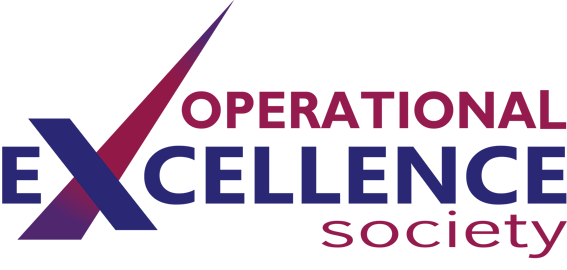 Strategic Financial and Operational Performance Management March 26 | 09:00 am – 10:00 am (EDT) |
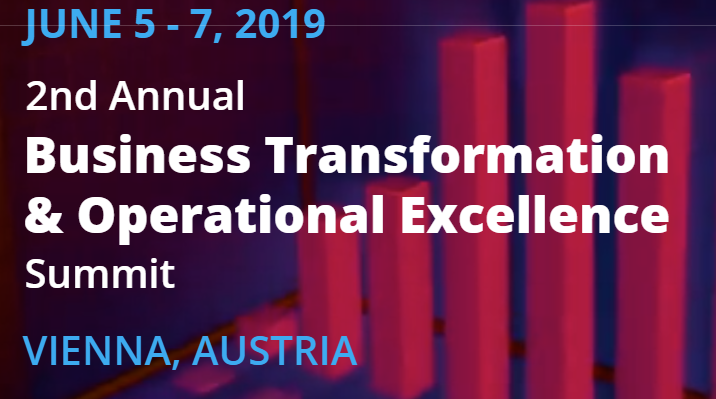 2nd Annual Business & Operational Excellence Summit June 5 – 7, 2019 | Vienna, Austria The founder of the OpEx Society, Joseph Paris
, will be delivering a special workshop
at this superb event as based on his bestselling book “State of Readiness”. |
 |
The Immeasurable Value of Intellectual Capital by CERM Risk Insights Your most valuable business asset may not be the raw materials, cash reserves, or even the technology found within your company. It’s the knowledge of the people on your team. Yet a good number of executives overlook the value of this collective knowledge, commonly called Intellectual Capital. Case in point: Several years ago, I attended a meeting with executives and managers from one of the largest automobile manufacturers in the world. One of the top executives stood before the large crowd and exclaimed that their most valuable asset was their brand recognition. At that point, I knew this company was heading for trouble. As I watched the business news headlines over the next couple of years, I could see how this icon of American manufacturing struggled to survive and, ultimately, lost its foothold. The lesson: Brand recognition is very important, but there are other things that are even more valuable to a company’s health and longevity. One of those things is something less tangible but extremely impactful. Read More |
|
 |
 |
 |
 |
 |
 |
The Employee versus the organization: The Mechanics of Employee Experience Design
by the BTN Sounds like some sort of a media driven grudge match between two heavyweight prize fighters?
It is – based in large measure on my own challenging experience working for 15 companies over the course of 30 years – but as an HR Director, I’m also telling this story from thousands of varying perspectives, through the eyes of my customers (the employees whom I represented). What I’m about to talk about is the recipe for survival – for both the employee and their often emotionally and operationally dysfunctional organisations. I’m going to be brutally honest and scrape down into root cause issues, exposing the ‘illness’ of poor employee experience at its deepest point. I’m going to tear at the fabric of where we have come from (20th
century Frederick Taylor-esque management) and what we need to do together to pull ourselves out of this death spiral we are subconsciously engaged in to meet the disruptive demands in a rapidly evolving digital era. |
|
 |
Operational Excellence Society |
“Thank you for being a valued reader. Please feel free to contact me if you have any questions or comments related to this publication – or if you might be interested in submitting
an article for consideration in |
|
|
|
James Considine In this episode, we will have a conversation with James Considine; the Chief of Staff and Head of Business Programs for the Aging and Caregiving business at Philips, where he oversee the enterprise PMO, Continuous Improvement, and Enterprise Reporting & Analytics. James’ “Superpower” is bringing order and clarity to chaos, creating structures that remove wasteful variation, while enabling people and organizations to deliver their best. He attributes his skills to his studies of philosophy and understanding people from their perspective; what motivates them, what fears they might have. In doing so, he is able to establish and maintain an alignment and commitment of people and their efforts to the company objectives and ensure the company is committed to supporting the people. |
|
 |
Don-kwondo: We welcome Don Burshnick, President of Alpha-1 Technologies LLC to “The Outliers Inn”, where we will learn of the importance of preventative maintenance and the conflict that exists between maintaining equipment so that it runs in an optimal state and a company’s reluctance to invest in the proper maintenance of their equipment and being satisfied with keeping their machines running, even if they are producing crap. An we will learn of a new discipline in martial arts – called “Don-kwondo” where the kata’s are trained, but it’s also acceptable (even encouraged) to have an occasional Scotch and cigar. Listen Now!
|
|
 |
 |
 |
 |
 |
 |
 |
Continuous Improvement: A Fighter Pilot’s Culture of High Performance Eighty percent of all change initiatives fail. As you might imagine, that is a shocking statistic for those responsible for investing in change initiatives. So what works? Companies of any size can reap the rewards of a fighter pilot’s Culture of Performance by driving a culture focused on performance, execution and excellence. A rapidly changing environment isn’t a phenomenon that only fighter pilots face. With increasing health, energy, and education costs combined with increasing global competition, developing a strong Culture of Performance is essential for all organizations. Sticking to proven Continuous Improvement processes, combined with developing Leadership skills and High Performing Team behaviors, will allow you to concurrently satisfy customer requirements while maintaining sustainable growth, and profitable financial margins ensuring your current and future organizational long-term health.
Navy and Marine Corps fighter pilots’ performance and effectiveness in the challenging, dynamic air combat arena have long been characterized by Leadership, Discipline, Continuous Improvement, Performance, and an Esprit de Corps. |
|
 |
Get Ready, Be Ready, Stay Ready. |
|
Professional Organizations |
Professional Organizations |
|
|
 |
|
|
|
